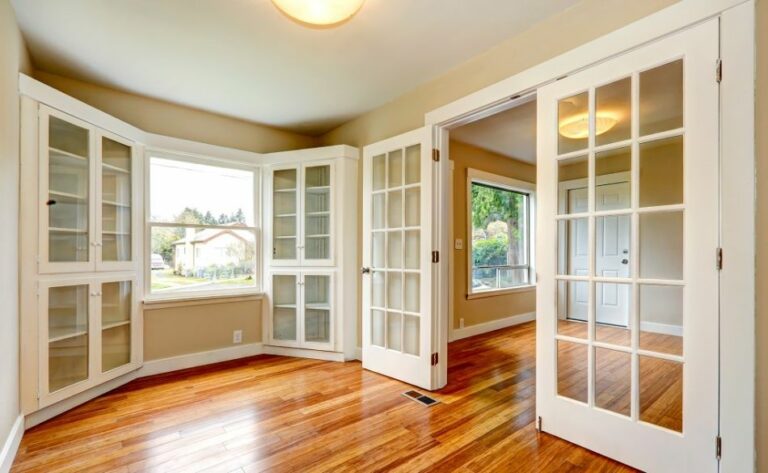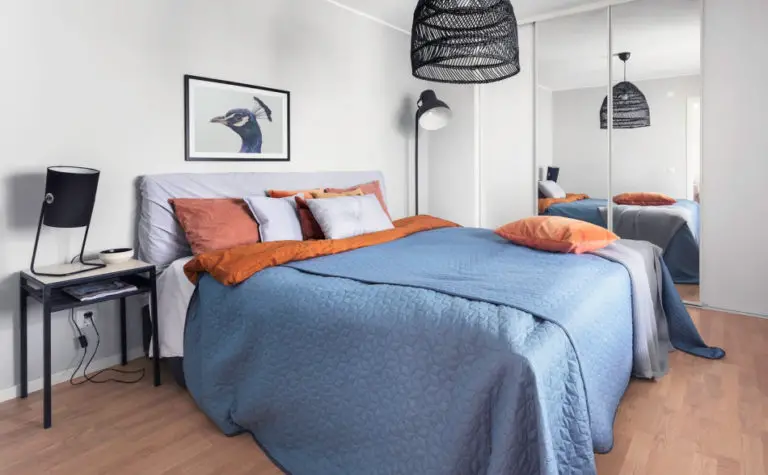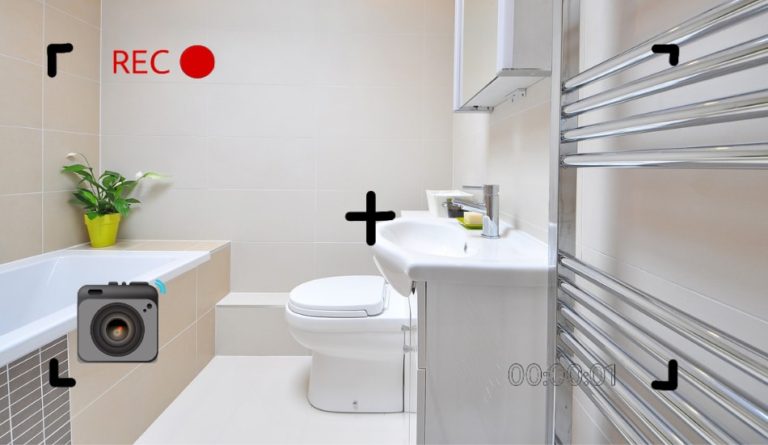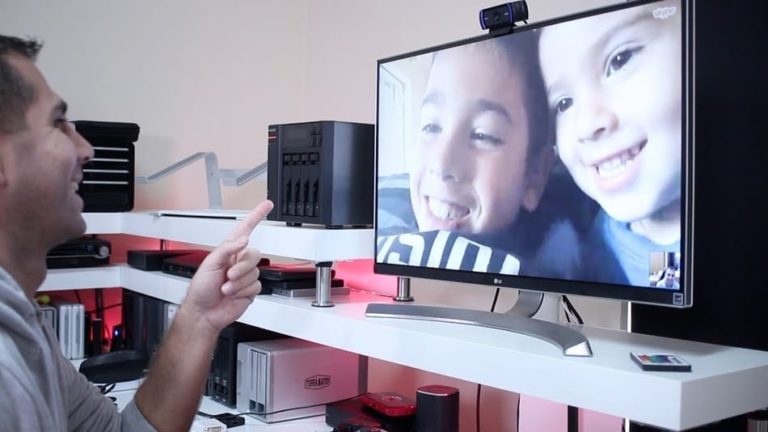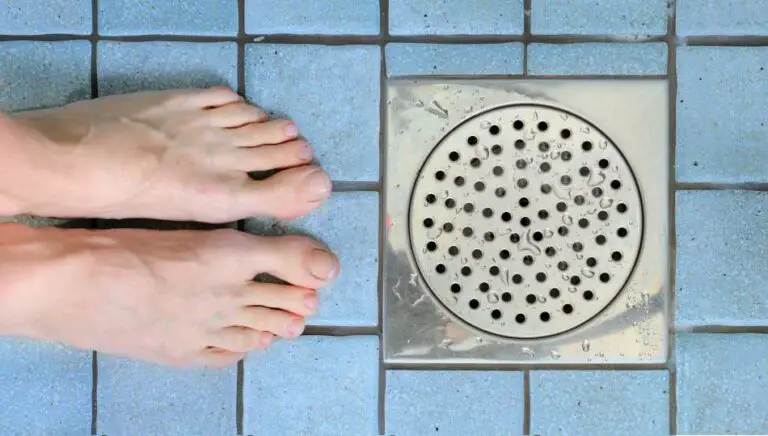What Is The Best Color For A Night Light?
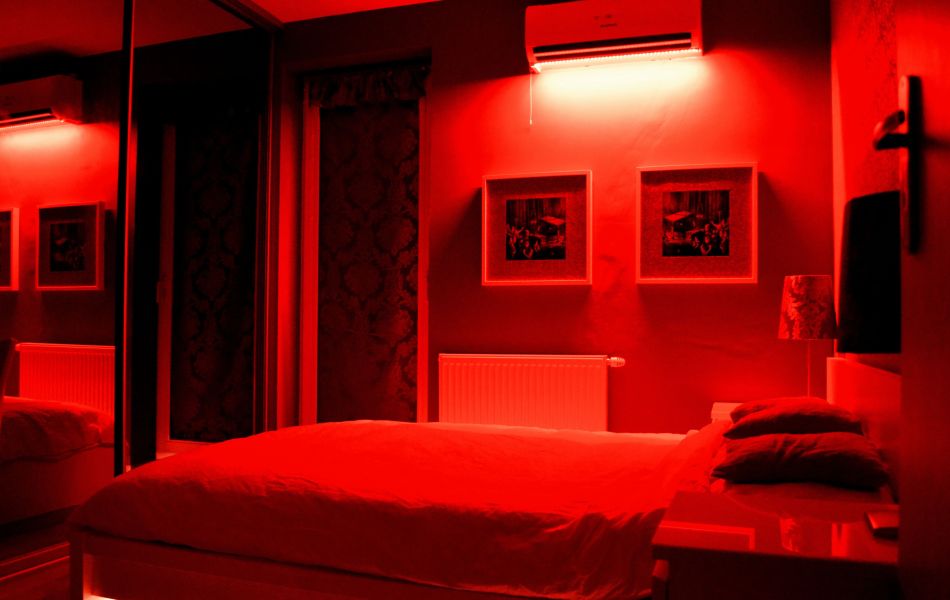
People who find it difficult to fall asleep in complete darkness in the bedroom usually leave on white or blue light that they believe contributes to an environment ideal for sleep. However, this is not true! Blue light and white light have a very bad effect on the human mood. So what is the best light for a night light sleep? In this article, we’ll talk about this. So, let’s start!
What’s The Best Color For A Night Light? Red light is the best calming light color for a night’s sleep. Red light will ensure that the circadian rhythm isn’t disrupted while a person is sleeping. Therefore, turning on a red light 1 to 2 hours before going to bed will help the person to fall asleep much easier.
Choosing the right color for a night light can improve your night sleep and positively affect the human biorhythm. Because of that, it does matter what color the light in the room will be at the moment you open your eyes. If you care about getting a good night’s sleep every night, we recommend using a red or amber light in your bedroom.
Table of Contents
The Best Colors For A Night Light
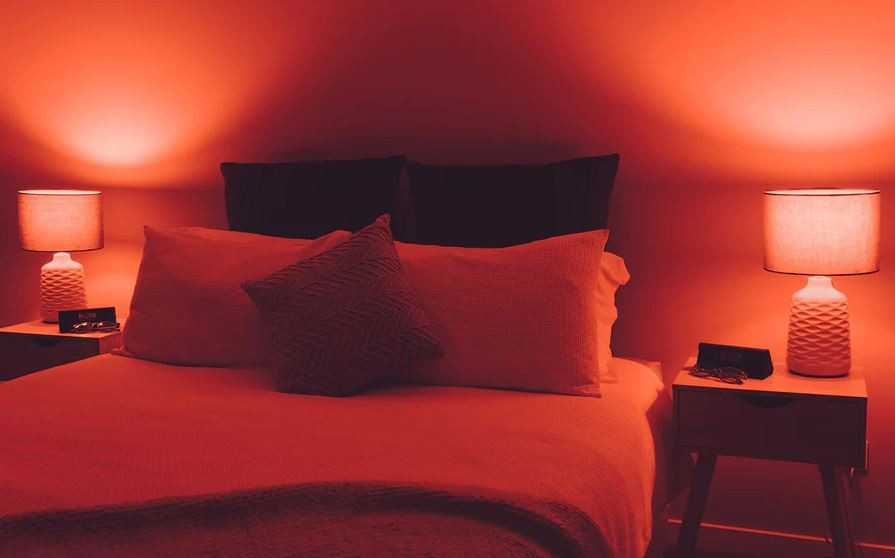
For those who doubt that yellow or red will give them the best conditions for sleep in the room, the CDC explains why this is so! The key is in the fact that these colors have the best, minimum effect on the circadian rhythm.
1. Red Light
The research conducted by experts at Ohio State University says that the human eye reacts most intensely to the stimulus created by blue and green colors, or a combination of these two colors. The reason for this is that the colors just mentioned have the strongest influence on the photosensitive cells of the eye, which are responsible for sending information to the human brain and dictating the biorhythm of each person.
They produce wavelengths that negatively affect sleep. The situation is completely opposite when it comes to the red light, which is considered the best choice in the bedroom. That is why red is justifiably considered to be the ideal choice for the environment in which you sleep!
The red color has the mildest effect on the circadian rhythm and therefore has a calming effect and promotes sleep. An additional benefit of a red night light over a white or blue light is that it will greatly help you fall asleep after waking up in the middle of the night to go to the bathroom.
2. Amber Light
Amber is one of the colors that have a favorable effect on melatonin. That is why exposure to this color creates a calming atmosphere for healthy sleep. It should also be noted that amber light generally positively affects mental health and mood. On the other hand, white or blue light has the completely opposite effect.
To better understand the influence of colors from the environment on the average person’s sleep, it is best to observe how the lights of a different color affect the biorhythm of plants growing in controlled cultivation. They, like all other living beings, including humans, have their own circadian rhythm – a pattern of organisms’ psychological and physical functioning that is repeated every 24 hours.
Melatonin Production
Let’s explain what is hidden behind the fact that some colors positively affect good sleep while others do not. Scientists have proven that the answer lies in the level of melatonin in a person’s body at the moment when they are ready to sleep. The higher the melatonin level in the body, the greater the feeling of sleepiness follows.
Although melatonin is available over the counter as a dietary supplement, the body of a healthy individual produces enough of it to maintain the natural circadian rhythm. Research warns parents of young children that colors have a far greater effect on melatonin levels in babies, toddlers, and even teenagers than in adults.
If you have a problem with soundproofing your bedroom, be sure to read How To Soundproof A Bedroom In 8 Steps.
How To Get A Better Night Sleep?
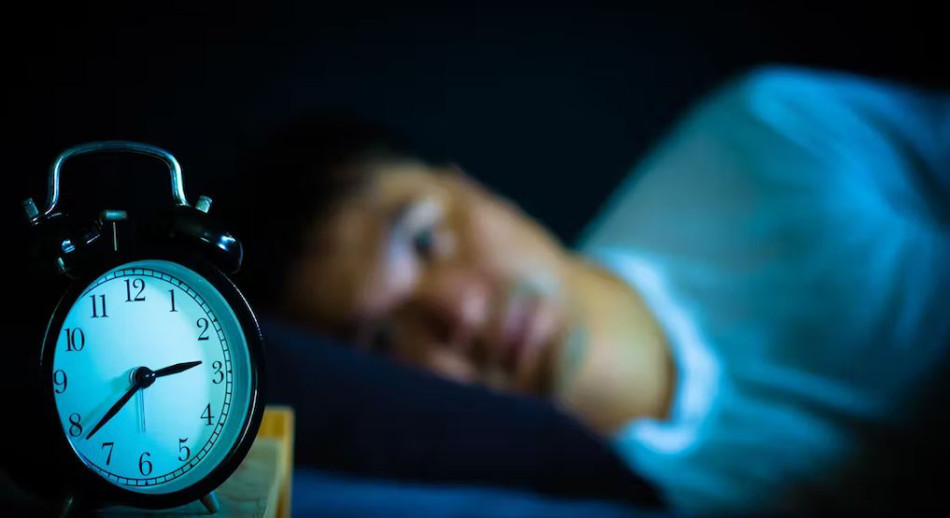
Although numerous studies have been conducted about the influence of light on the natural production of melatonin in the body, there has still not been a firm answer to the question – of which colors stimulate greater production of melatonin. However, tests on humans have shown that red, and similar colors with lighter tones, such as amber, boost melatonin and contribute to a more pleasant sleep.
Choose the Right Red Light Bulb
If you have decided to try to improve your night sleep with the help of red light or similar light in your bedroom, you should be very careful when buying the right bulb! Not every red light bulb you see on the store shelf is right for you! Why? Only red light with the appropriate contrast of red light wavelengths can put you to sleep.
You should also be careful when buying expensive LED red lights. On the market, especially online, you can find a large offer of LED red light bulbs, but not all of them provide a sleep effect. Look for LED bulbs that can help you fall asleep.
The right choice is certainly fluorescent, halogen, and incandescent red bulbs that are coated with a thick red layer from material that ensures effective red light therapy.
Can I Choose A Different Bulb Color?
Scientists have also recently proven that each individual’s favorite colors can provide great help in falling asleep. Most of the people involved in the final phase of research about the effect of light on sleep fell asleep much faster if the room had the light of a color they liked.
In short, this means that if you love the purple color, purple light is the right choice for your night lamp. Therefore, if the color red generally disturbs you or creates restlessness in you for any reason, try to fall asleep with your favorite bulb color.
Is Blue Light Really Bad For A Night Sleep?
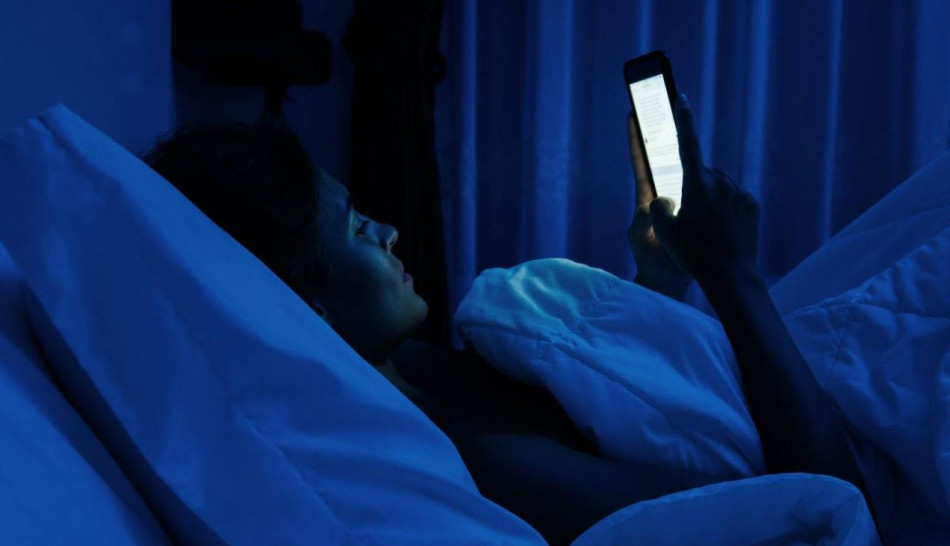
After we explained which colors are best to use to fall asleep, one more important question remains to be answered – why is blue highlighted as the worst color to fall asleep? This must be the question that troubles those who love their blue light in the bedroom and do not want to replace it. Blue light doesn’t have to be bad for a night’s sleep. If you don’t have problems falling asleep with this color, simply use it.
But if you have a blue light on in your room at night and you struggle with poor sleep or falling asleep at all, it’s time to change the light bulb. Try an amber bulb, to begin with. It’s a color that simulates the sky’s light as the day draws closer and can help your brain decide it’s time to rest.
Other Alternatives to Night Light Colors
The colors that stand out among the crowd as popular when it comes to the calming effect are: beige, gray, pink, green, and blue – in all tones. Let’s first look at the effect on sleep left by light colors such as the mentioned gray or beige.
The first thing that comes to mind is that they are too bright to create a feeling of sleepiness. But it doesn’t have to be like that. Each color has its advantages and disadvantages. Just as a boring book can put you to sleep, so could a boring gray color. But when it comes to gray, you should remember that gray night light is hard to find. On the other hand, the same dull but pleasant feeling can be achieved with beige light, which is much easier to find in stores.
However, among the favorite colors conducive to better sleep, the queen is purple, which in every sense is associated with a feeling of calmness. Blue and green colors follow it in all combinations. Although the color pink at first glance seems too intense for a night light, many people point out that the night light of this color allows them to calm down and fall asleep easily.
For those who want to learn more, be sure to read How to Hide a Camera in Your Bedroom?
Does the Night Light Really Work?
Should we sleep with the light on, or is it more natural for the human body to sleep in complete darkness? The answer to this question is not the same for everyone. Some people cannot fall asleep without light, as well as those who dread sleeping in a lit room. Which way is correct is hard to say.
Numerous studies have been conducted on this topic, but the results, at least when it comes to adults, are divided. But not when we talk about children. It has been proven that light reduces the production of melatonin in children. Therefore, if your child needs a night light, ensure that the night lamp in the kid’s room has as low brightness as possible. When shopping, you should look for information on how many lumens the bulbs have on the product’s parking. Lumen is the brightness marking.
Tips To Improve Your Quality of Sleep
A good choice of light color in the bedroom is a great step forward in achieving healthy sleep, but it is not the only thing you can do to help you and your family members sleep better. You should know that sleep is affected by many other factors, among which stand out:
- Daily movement and exercise
- The temperature of the room where you sleep
- Use of glasses with a protective coating while looking at the screen
- A fixed pace of waking up and going to sleep
FAQ: People Also Ask
Which color is the most relaxing?
Research has shown that calmness leads to sound and healthy sleep, and it can be ensured by the color red. This color maximally stimulates the production of melatonin. Just as a blue color has the opposite effect.
Is green light good for sleep?
Green is a color in the spectrum very close to blue that has a bad effect on sleep. Therefore, green color is not an ideal choice for a night light in the bedroom. But for green color lovers, the good news is that this information does not apply to the walls in the bedroom. You can freely paint in any tone of green without it having a negative impact on your sleep.
Final Thoughts
As we mentioned earlier in this article, you should avoid blue light and use red or amber light for a good night’s sleep. Blue light can be a stimulus for numerous sleep disorders. Research has proven that it promotes a state of alertness in the human brain, which is then transmitted to the entire organism.
On the other hand, red and amber lights have a calming effect and create an atmosphere of sleepiness. If you have problems sleeping and want them to become a part of history, we recommend that you surround yourself with smaller, muted forms of red or amber light at the end of the day.


